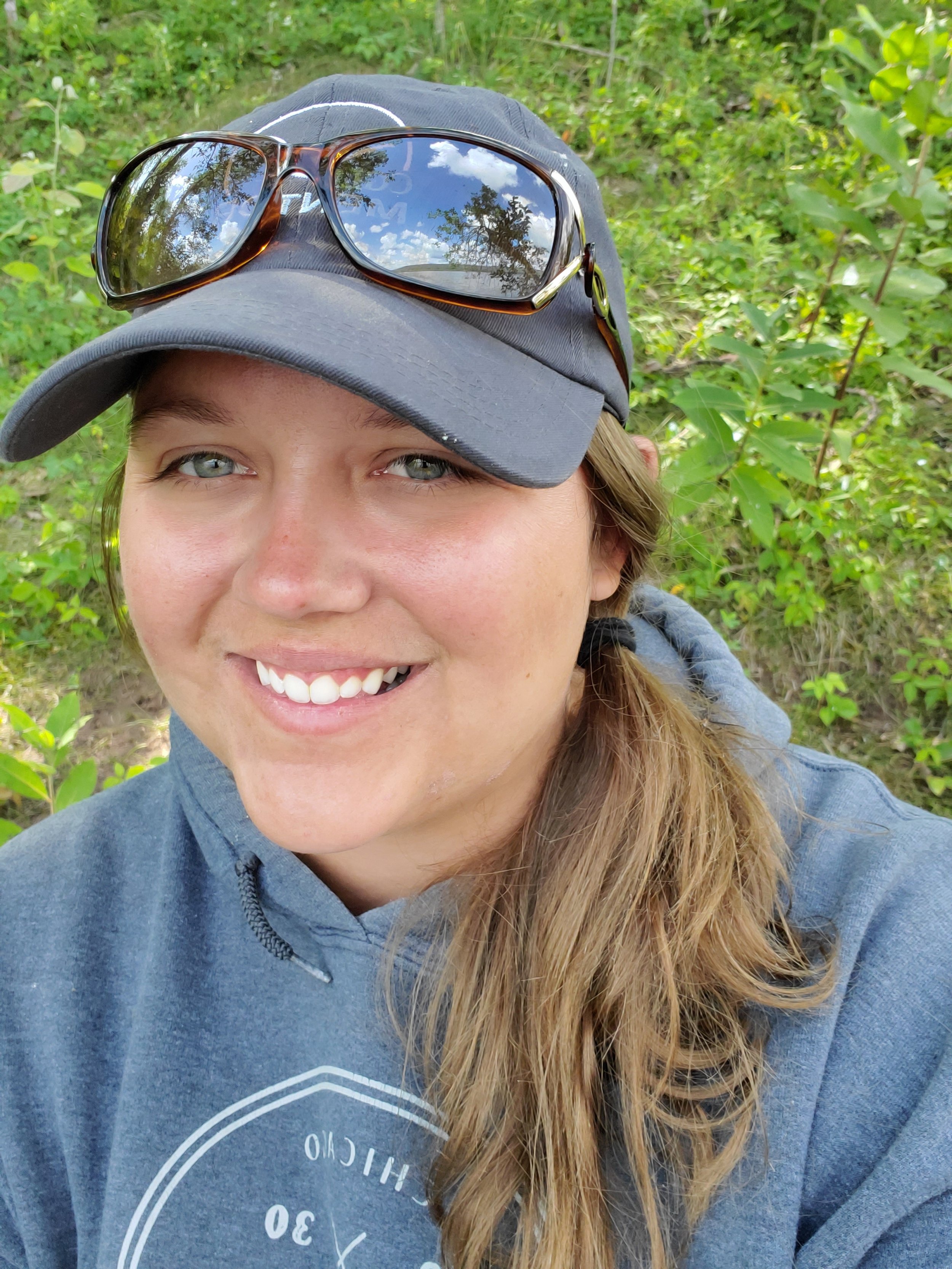People & Partners
MISAC Co-Chairs
Kelsey Taylor, MISAC Chair
Invasive Species Coordinator
Fond du Lac Band of Lake Superior Chippewa
KelseyTaylor@fdlrez.com 218-878-7104
Nate Quadhammer, MISAC Co-Chair
Conservation Specialist
Lake County SWCD
Nate.Quadhamer@co.lake.mn.us 218-834-8575
Sascha Lodge, Past MISAC Chair
Forestry Invasive Species Program Coordinator
MN DNR
mninvasives@gmail.com Sascha.Lodge@state.mn.us 651-259-5846
Minnesota Department of Agriculture - Invasive Species Related Programs
The MDA is responsible for preventing new invasive terrestrial plant pests, the early detection of these pests and conduction rapid response to these detections. Examples of such species are spongy moth, emerald ash borer, Asian longhorned beetle, potato cyst nematode, karnal bunt of wheat, and yellow starthistle. In addition, the Noxious and Invasive Weed Program addresses invasive plants that are injurious to public health, the environment, public roads, crops, livestock, or other property.
Department of Natural Resources – Invasive Species Program (Division of Ecological and Water Resources)
The goals of the Department of Natural Resource’s Invasive Species Program are to:
Prevent introductions of new invasive species into Minnesota.
Prevent the spread of invasive species within Minnesota.
Reduce the impacts caused by invasive species to Minnesota's ecology, society, and economy.
The DNR has regulatory authority of aquatic invasive plants and animals and terrestrial animals. The invasive species program works on prevention and management of aquatic and terrestrial plants and animals.
Department of Natural Resources - Forest Health and Terrestrial Invasive Species Programs (Division of Forestry)
The DNR’s Division of Forestry works in partnership with the MDA and monitors populations of native (eastern spruce budworm, eastern larch beetle) and invasive (oak wilt) forest pests, and makes recommendations for forest management. The Division of Forestry’s Terrestrial Invasive Species Program surveys and manages invasive plants on state forest lands.


